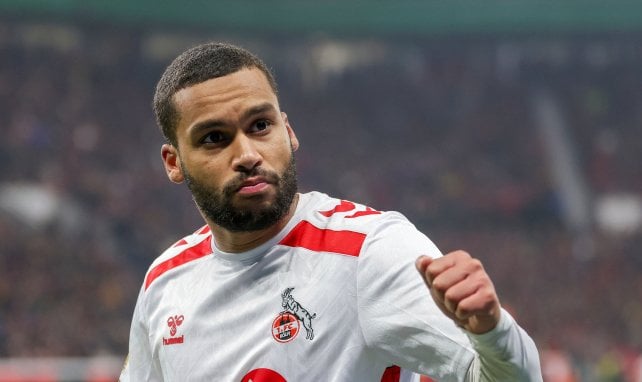
Deion Sanders isn’t taking any of his son’s money, but it’s clear that Shedeur Sanders has the highest NIL valuation in college football largely because of his father’s influence. The Colorado Buffaloes’ quarterback is predicted to be a Top 5 pick in the 2025 NFL draft, as his father foresaw. Just a few months ago, Bleacher Report even considered him a top pick for next year. While this is speculative, what’s certain is that Shedeur leads all college players with a $4.9 million NIL valuation, according to On3.com. Recently, the 22-year-old senior added a $241,000 Lamborghini truck to his collection of luxury vehicles, a value higher than all but two of the Razorbacks’ football NIL valuations.
Arkansas’ top football NIL valuation belongs to tight end Luke Hasz at $285,000, followed by senior defensive end Landon Jackson at $273,000, junior quarterback Taylen Green at $235,000, and sophomore cornerback Jaylon Braxton at $214,000.
This amount of money is a far cry from the days when players struggled to afford basic needs and schools couldn’t legally help them. Although some schools secretly provided assistance and were penalized if caught, today’s NIL dealings, while private and somewhat mysterious, are a step forward. Transparency, although rare, could be beneficial, especially since colleges report other financial dealings.
Arkansas ranks in the bottom third for NIL money in its football program, but coach Sam Pittman acknowledges the need for more funding to stay competitive. He believes many SEC schools spend $10 to $12 million per year on their football teams. While Pittman sees it as a shared responsibility to gather donors, he mentioned a recent event at his lake house aimed at rallying support.
About 80 percent of his players receive something from NIL, but not many get large amounts. The distribution often mirrors the NFL, where quarterbacks, left tackles, defensive linemen, and a few linebackers earn the most.
Despite several questions, Pittman did not disclose the specific NIL money details for Arkansas but noted that it’s likely more than Shedeur Sanders’ valuation and less than powerhouse programs like Georgia, Alabama, Texas, and Texas A&M. The comparison to professional baseball teams highlights the disparity: smaller programs struggle to compete with wealthier ones.
In conclusion, Pittman acknowledged that the Razorbacks’ historical ups and downs are now exacerbated by the NIL landscape, making it even more challenging to compete without increased financial support.







